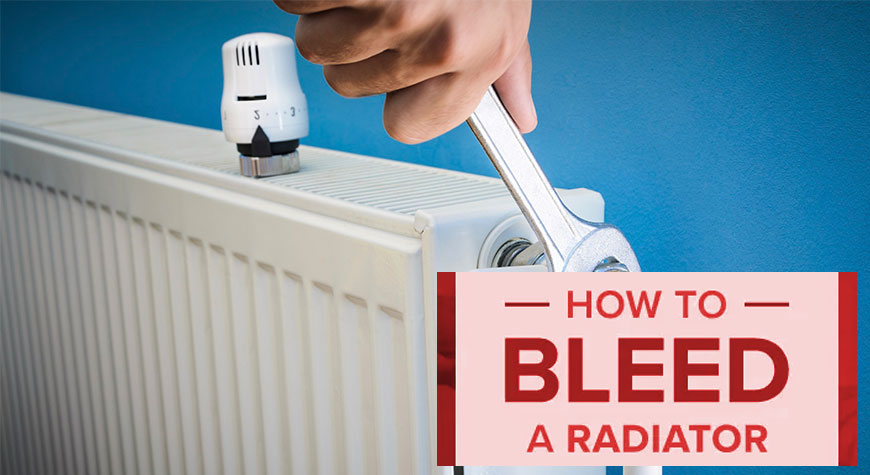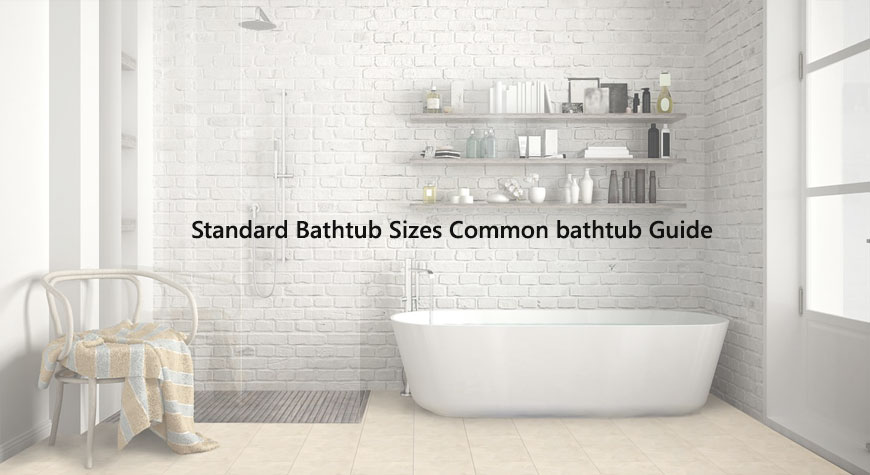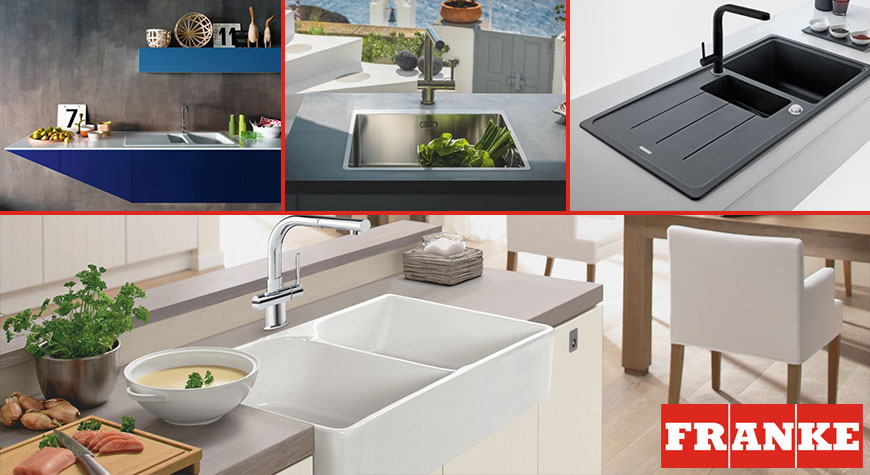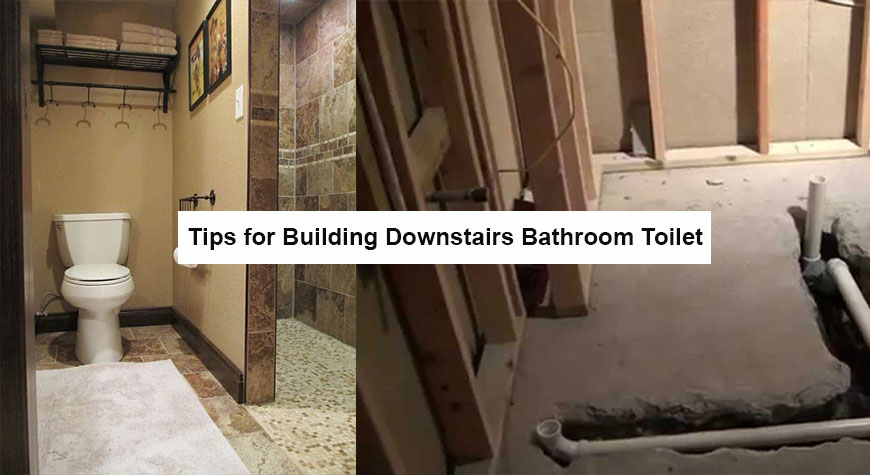Importance of a Site Survey and Steps for Buying Fireplaces
Importance of a Site Survey and Steps for Buying Fireplaces
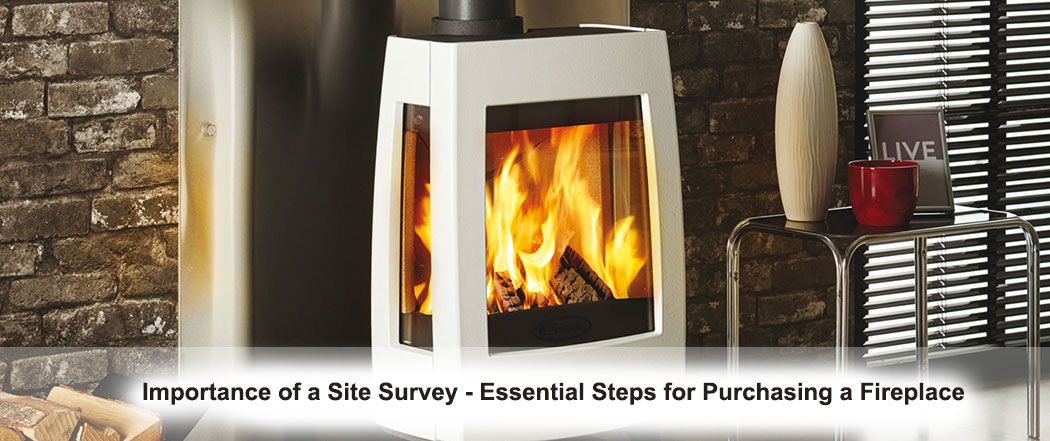
Importance of a Site Survey
The importance of a site survey should never be ignored when installing a new or updating an old heating appliance. A site survey conducted by a suitably qualified engineer (Preferably HETAS registered installer) will guide you to choosing the best type of appliance, flue system and location of the heating appliance for your home. Also, you will be able to obtain an accurate quotation of cost. It is highly recommended that you complete a site survey before purchasing your new heating appliance, to determine its suitability to your home. During a typical site survey, your retailer will find out the appropriate heat output for the room, the best location within the house and the most suitable flue system for your appliance. In the case of replacing an existing appliance, the site survey will let you know the requirements of the Building Regulations or recommend any changes which need to be made for compliance.
If the installation is new, the site survey will identify complete requirements including the hearth, flue system, ventilation and clearances for any combustibles to maintain safety. Another important aspect of a site survey is that you will be able to find out the most suitable appliance for your home. This is particularly important if your home is or isn’t located in one of the Smoke Control Areas of the country. If you plan to invest in a solid fuel appliance, you may need to investigate whether you live in this area. We can help you to identify this during the site survey and provide you with the appropriate appliance for a smoke control area.
Essential Steps for Purchasing a Fireplace
There was a time when firing up a wood burner or gas fire was done only during family visits or while warming up the home during long winters. Well, that has certainly changed now and currently, the usage of a fire or stove in a typical British home has increased greatly. These appliances have become ever more vital to create not only warmth but also to add ambience and beauty to the interior of a home. Consumers nowadays demand the top results for their purchase money and require high performance, efficiency, quality design and cost-effectiveness and from these heat-generating products. Enter, modern wood burning, gas and electric fireplaces. These are equipped with the latest technology and stunning body designs and materials which are guaranteed to satisfy all types of customers, whether you’re looking for a traditional, contemporary, country-inspired or urban slick look.
Choosing a Wood, Gas or Electric appliance
One of the first requirements which you need to determine before you consider appliance design is: ‘what type of fuel can I burn in my home?
Now if you have a chimney breast constructed in your property then you will most likely be able to install a wood-burning fire, a stove or a conventional flue gas fire but before you embark on purchasing either of these, ensure that you get the chimney checked thoroughly for safety and suitability by a qualified professional. If you live in a modern home which does not include a chimney then there are other options for you to choose from as about one-third of the UK’s housing stock does not have a built-in chimney. You can install a balanced flue system in your property which will allow you to burn gas fires efficiently. Another option available to you is a twin-wall pipe system which you should install if you have a plentiful supply of wood. Fitting this type of flue system will let you enjoy the flames of a real log fire in your home. There are numerous models of fires and stoves to choose from whatever flue outlet you may install in your home.
The Benefits of Wood Burning
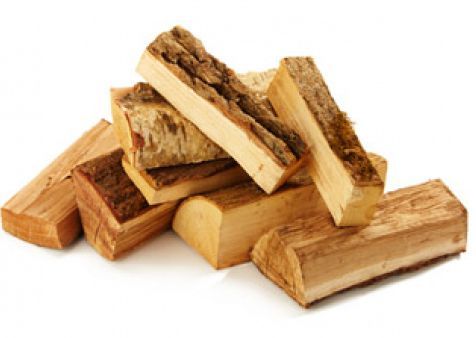
The reasons are plentiful for you to buy an electric heating appliance for your home. An appliance such as an electric stove or fireplace can provide warmth for your home and the option of easy installation, as the need for a flue or chimney is eliminated with such appliances. Electric fireplaces are also a wise choice and a very viable alternative when solid fuel or gas is not available for your home. An increasing number of people nowadays wish to make a difference in their carbon footprint and reduce it. Burning wood cleanly in a modern stove is a carbon-neutral way to create heat in your home especially if you have purchased your firewood from the local and well-managed supply. Wood burning provides a stunning focal point in your home and naturally creates a desirable homely ambience plus the distinctive, comforting smell of wood-burning is for many the scent that captures the imagination and conjures the very concept of cosiness and being at home. With competitively priced and easily available wood fuel and cost-free wood fuel available to people with their coppice, this option is a great money saver. It is recommended that logs should be seasoned for two years or more so that its moisture content is set to below 20%. This will ensure twice the output of freshly felled timber but also help avoid tar build-up of tar in your flue. Furthermore, hardwood logs are a better purchasing choice compared to softwoods as they offer greater value for the same volume of wood.
Multi-fuel Stoves
There are also available a lot of stoves, fires and fireplaces which are designed to burn smokeless fuels, peat/turf briquettes and logs as multi-fuel appliances. Multi-fuel stoves include a riddling grate which allows ash to be riddled into a built-in ashpan which create optimum conditions for efficient combustion. Wood burners, on the other hand, have a fixed grate with no ashpan as wood burns best on a bed of ashes. Choosing a multi-fuel stove, fire or fireplace instead of a wood-burning only model provides you plentiful options to select the cheapest and most local fuel source available and make use of high-efficiency rates.
Quick & Convenient Gas Fireplaces
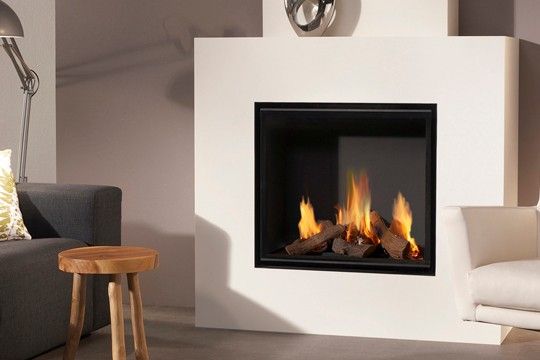
Gas is a plentiful resource and reasonably priced with many British homes now hooked up to natural gas that is piped directly into the house. The popularity of heating appliances powered by gas continues to rise with numerous styles of both stoves and fires available in today’s market. And even if you do not have a natural gas connection in your home, many gas-powered appliances can be operated with LPG or bottled gas. A very attractive feature of many gas-powered fires and stoves is the remote control feature, which provides exceptional convenience and relaxation. These remotes provide standard controls to perform basic operations such as turning the fire on and off and fluctuating the flame height. There are also thermostatic remote controls which you can use to set the temperature of your room to your liking and even set the time for your appliance to come on at, thus setting your gas appliance according to a timetable that would normally be exclusive to your home’s central heating.
Go For Electric Fire

Modern electric appliances may not be your first choice to use as a stove, fire or fireplace but these can nonetheless prove to be a great choice for your heating needs. The flame effects which these electric fireplaces offer are becoming more and more lifelike and manufacturers are now incorporating low energy bulbs or LEDs to decrease the running costs of these appliances. These electric versions are most suitable and ideal for homes which do not have a chimney or flue. Designs of electric fires range from stoves to ‘hang on the wall’ fires or fireplaces and you simply just need to plug them in and start utilizing them fully. One of the most amazing features and a great benefit of electric fires and stoves is the option to use the burning flame effect independently of the heat output. This way you can enjoy the fascinating and alluring visuals of the burning fire in your home regardless of the temperature outside.
What Happens If I Live In An Urban Area?
Today in the UK, many large towns and cities are designated Smoke Control Areas as a result of the Clean Air Act. The legislation was introduced in the 1950s and 1960s to control smoke and allow local authorities to declare a ‘Smoke Control Area’ in their vicinity to avoid and reduce smog and emissions which were caused by the burning of coal for heating purposes.
If you live in such a smoke controlled area then the good news is that there are now many appliances which are particularly approved for use in such areas. So you do not necessarily need to miss out on a solid-fuel appliance.
Stove or Fire?
Before visiting your local retailer to purchase a heating appliance, you must give a thought to the space in your home into which you wish to fit it. Depending on the architecture & design of your house, there are several options available which include frames, surrounds, fronts and mantelpieces but first, determine whether you would prefer a stove or fire?
A solid fuel, gas or electric stove have more aesthetic value and timeless quality with high efficiency and can be modern or traditional in style. You will even find models which have built-in warming plates, barbecue grills and bean pots! With a stove, you have the option to get a solid fuel boiler which you can replace your existing oil or gas heating system. In rural areas where wood is free, this can be the ultimate cost-saving option for consumers. Now compared to stoves, fires also offer a wealth of choices. Solid fuel and gas fires are available with open or glass-fronted designs with installation options of floor standing, wall mount, hole-in-the-wall. You can also personalize these with frames made of wood, stone or glass frame. There are even two-sided, three-sided fires which let you enjoy the burning fires from multiple angles. Also, wall dividers fires are available to link two rooms for warmth and stunning visuals.
Framing Your Fire
Selecting the right frame or surround from the wide variety of designs available; can be the cherry on the top of your stove, fire or fireplace choice.
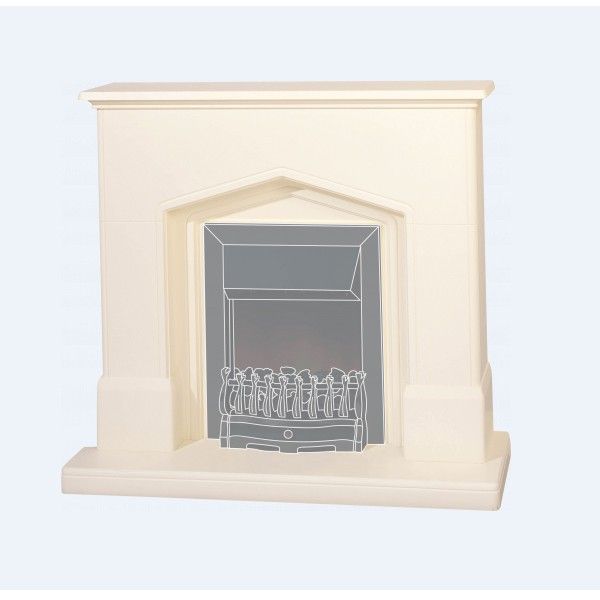
Mantelpieces
Stone Mantelpieces
Stone and marble Mantelpieces are traditional materials used for a long time and still a well respected and desirable material because of their classic appeal and longevity. To suit any modern interior addition of stone material mantelpieces that are lighter in weight and easy to fit into existing decorative schemes. Another choice for mantel material is Limestone which features natural variations, a gentle and warm hue that contrasts with the clean look of marble.
Wood Mantelpieces
Wood offers countless possibilities in terms of design because it being a softer medium. If your preference is to add a traditional fireplace with a specific finish, wood mantelpieces can be painted or stained.
Cast Iron Mantelpieces
Cast Iron fireplace mantel diffuses heat and is another popular choice for fireplace mantel use. Cast Iron Mantels have a wide range of styling potential, allowing beautifully intricate details in the surrounding designs.
Frames
The material possibilities for a fire’s frame are extensive and include glass, steel, ceramic, stone and wood to name a few. A well-crafted frame can truly maximise the visual impact of an appliance. Alternatively frames made from natural stone with their subtle textures and delicate tones will highly complement the swirling flames burning in the fireplace.
Tiles
If you have decided upon a “hole in the wall” fire or stove, it can be very effective to fit a tile to the walls around and behind the fireplace. These tiles can be constructed from natural stone, glazed porcelain or polished unglazed porcelain and offer a wide range of designs and textures which even include wood effect, cement, concrete and mosaic.



